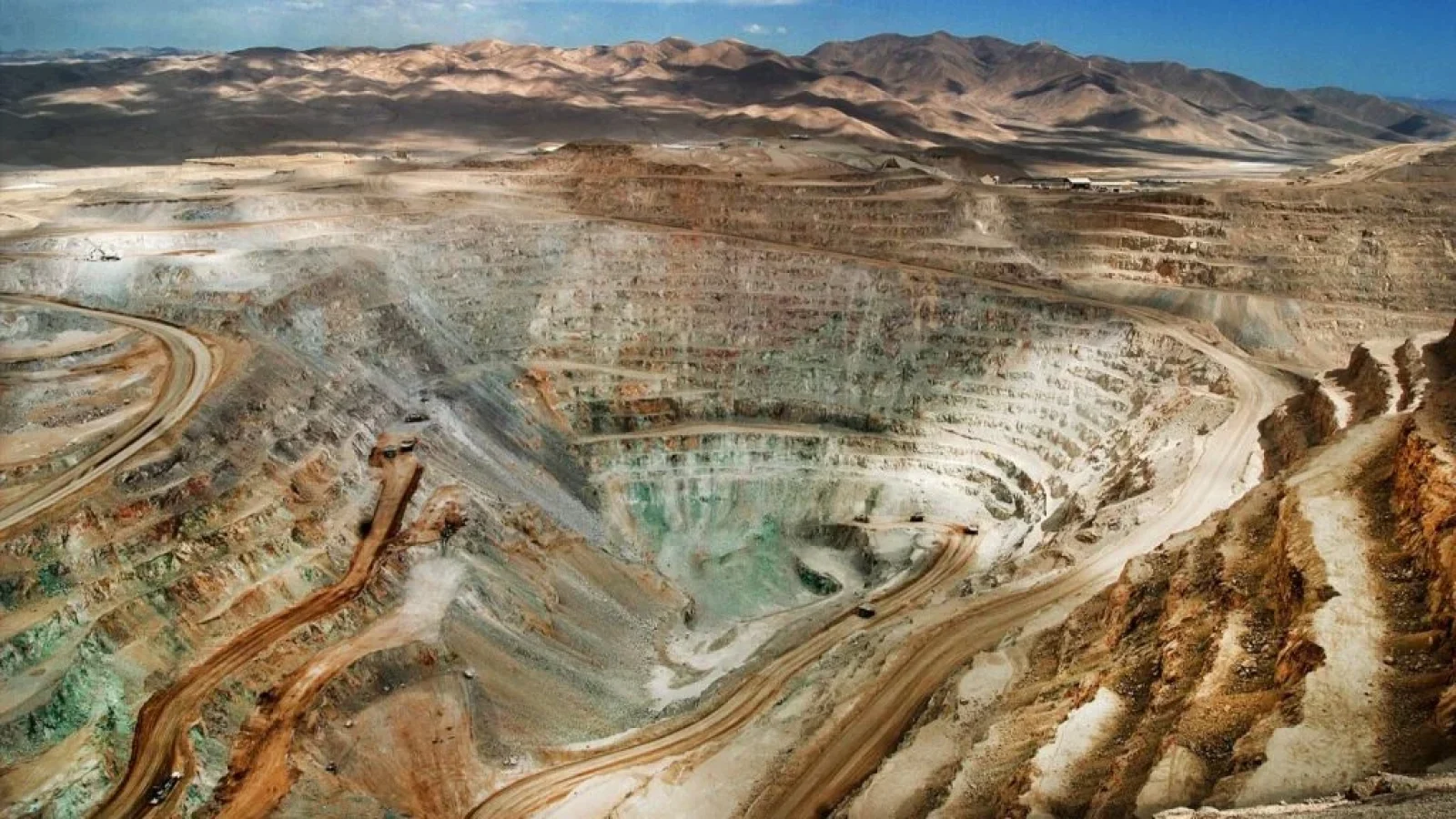Share
The nation’s mineral sector is poised for a big jump in job creation, with projections for an amazing 63% growth. This is a significant development that is expected to address Uganda’s unemployment concerns.
This ambitious proposal was described by Hon. Peter Lokeris, the State Minister for Mineral Development, who claimed that this important industry will increase employment from 1.6 million in 2017–2018 to an astonishing 2.6 million jobs by the fiscal year 2024–2025.
On August 29, Lokeris made this declaration at a crucial workshop on mining and minerals law in Uganda, which was held in Kampala, the country’s capital.
He emphasized Uganda’s favorable geological characteristics, which make it a great location for world-class economic mineral resources, in order to emphasize the country’s significant mining potential.
Copper, nickel, gold, chromite, iron ores, tin, tantalite, tungsten, limestone, marble, graphite, gemstones, and rare earth minerals have all been discovered in Uganda.
These discoveries have significantly increased foreign direct investment (FDI), and they have also changed the industry. From a meager US$5 million in 2003 to an amazing US$800 million in 2017, FDI in mining increased dramatically.
Additionally, royalty payments, annual mineral rent, and license fees all contributed considerably to Uganda’s non-tax earnings from the mineral sector.
From roughly Sh1.8 billion in 2003 to an astonishing Sh11.3 billion by the fiscal year 2022/2023, their revenues increased dramatically.
According to Uganda Vision 2040’s lofty objectives, the mining industry would be a major driver of GDP expansion and job creation.
The vast potential of the industry, which goes beyond just generating cash, was emphasized by Minister Lokeris. This potential includes the creation of jobs as well as the stimulation of other economic sectors like industrialization, agriculture, and human capital development.

The government’s issuance of permits has increased in tandem with the admirable rise in investments in the mineral industry.
By June 2023, there will be a whopping 556 mining licenses, up from a just 100 in 2003. This comprises 76 location licenses, 48 mining leases, 8 retention permits, and 249 exploration licenses.
According to Minister Lokeris, this increase in licenses is linked to a considerable increase in income and revenue from the mineral sector.
The nation’s dedication to job creation and economic progress through mining remains unshakable as Uganda moves courageously towards its goal of being a significant player in the global minerals industry.
Important Developments in the Mineral Industry
Hon. Peter Lokeris highlighted a number of significant changes that portend a successful future for Uganda’s mining industry. The start of the Mineral Resources Infrastructure Development Project (MRIP) from 2023 to 2028 is included in the government’s strategic vision.
The main objective of this large-scale project is to build vital infrastructure for efficiently monitoring and controlling exploration and mining operations across the nation.
The government has established partnerships with companies like planetGOLD in an effort to encourage ethical mining methods.
Their shared goal is to decrease the use of mercury in small- and artisanal-scale gold mining while simultaneously focusing on improving the welfare and health of the surrounding mining communities.
Promising gold chances are appearing in a number of areas, including the Buhweju, Mubende, Namayingo, Karamoja, and Zombo districts, as the mineral landscape of Uganda changes.
Notably, the Makuutu Rare Earth Project predicted that Eastern Uganda contains around 500 million tonnes of rare earth elements. Makuutu, according to experts, has the potential to improve Uganda’s position as the world’s second-largest producer of REEs, after China.
High-quality vermiculite reserves have grown significantly in Namekhara, Manafwa District, from 5 million tonnes to an astonishing 54.9 million tonnes.
The conclusion of phase one of an airborne geophysical study spanning the Karamoja and Lamwo region demonstrates the government’s commitment to data-driven decision-making.
This represents a significant accomplishment, closing a critical 20% gap in the national geophysical dataset. Data interpretation and community involvement for on-the-ground follow-up actions are ongoing endeavors.
With the launch of the mining cadastre and registry system and transaction portal online in 2019, Uganda has embraced digital transformation in the mining industry.
These systems, which cover licensing, communication, reporting, and financial transactions, effectively handle mineral rights. The online mining licensing system is currently undergoing an overhaul to bring it in line with new standards and ensure transparency.
A critical step in streamlining operations and increasing revenue, the Ministry introduced the Artisanal and Small-Scale Miners (ASM) biometric registration in December 2021.
Zoning artisanal mining zones, formalization, regularization, training, and the provision of extension services to artisan miners are some future projects.
Uganda has joined the Extractive Industries Transparency Initiative to increase sector transparency, opening up a crucial channel for efficient mineral sector administration.









